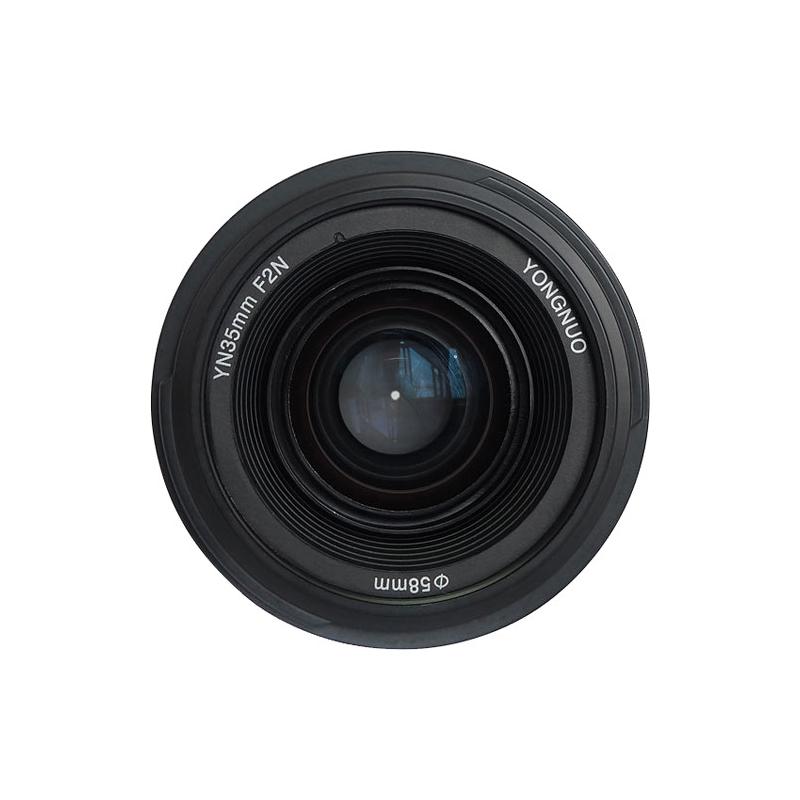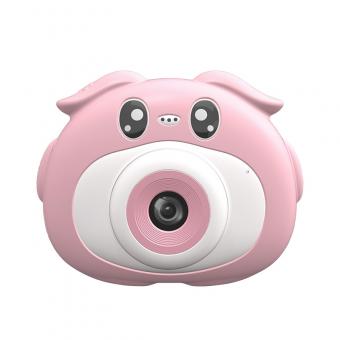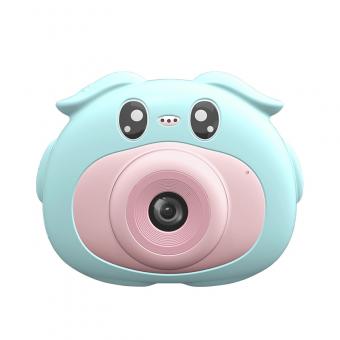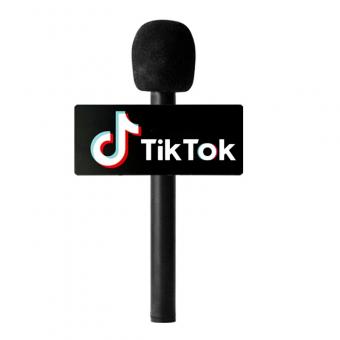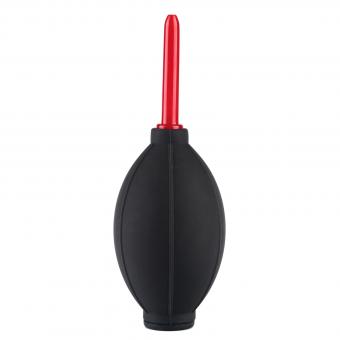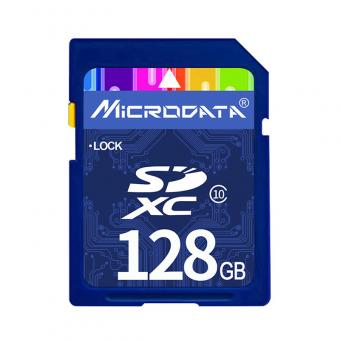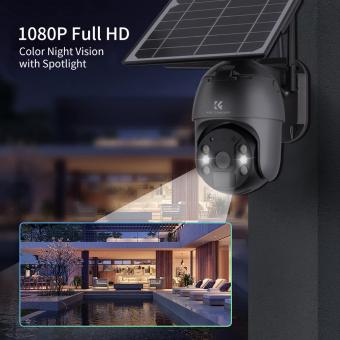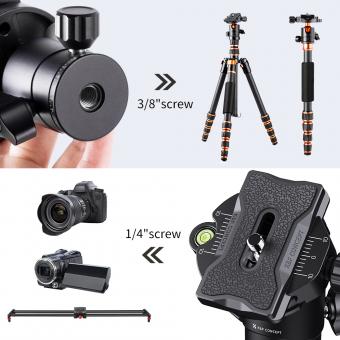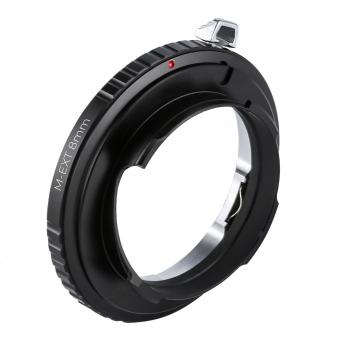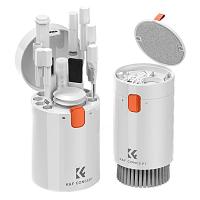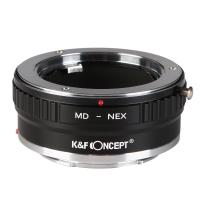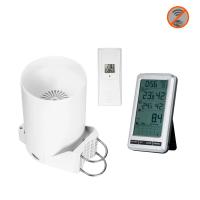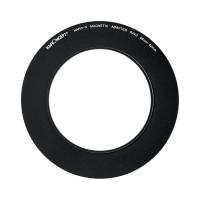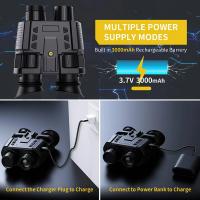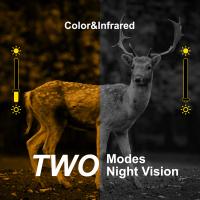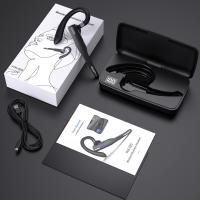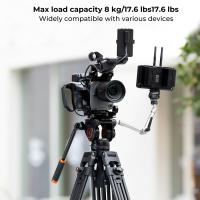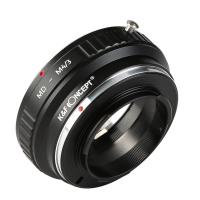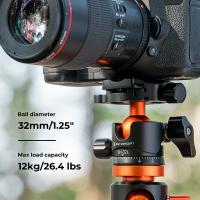Are Old Digital Cameras Any Good ?
Old digital cameras can still be good depending on your needs and expectations. While they may lack some of the advanced features and capabilities of newer models, they can still produce decent image quality and be suitable for basic photography. However, it's important to consider factors such as the camera's resolution, sensor size, and overall condition before making a purchase. Additionally, older cameras may have limited compatibility with modern accessories and software, so it's worth researching their compatibility with your specific requirements. Ultimately, the suitability of an old digital camera will depend on your intended use and personal preferences.
1、 Image quality: Limited resolution and dynamic range compared to modern cameras.
Image quality: Limited resolution and dynamic range compared to modern cameras.
Old digital cameras, while they may have been groundbreaking at the time, are generally not considered to be on par with modern cameras in terms of image quality. One of the main limitations of old digital cameras is their limited resolution. These cameras typically have lower megapixel counts compared to today's standards, resulting in images that lack the level of detail and sharpness that we have become accustomed to. This can be particularly noticeable when printing or enlarging images.
Additionally, old digital cameras often have limited dynamic range, which refers to the ability to capture a wide range of tones from shadows to highlights. This can result in images that lack detail in areas of high contrast, such as bright skies or dark shadows. Modern cameras have made significant advancements in this area, allowing for more balanced and detailed images.
It is worth noting that advancements in technology have significantly improved image quality in recent years. Modern cameras offer higher megapixel counts, improved sensor technology, and enhanced image processing capabilities. These advancements have led to sharper images with greater detail, improved low-light performance, and better dynamic range.
While old digital cameras may still have their uses, such as for nostalgic purposes or as backup cameras, they are generally not recommended for professional or high-quality photography. If image quality is a priority, investing in a modern camera with the latest technology will provide significantly better results.
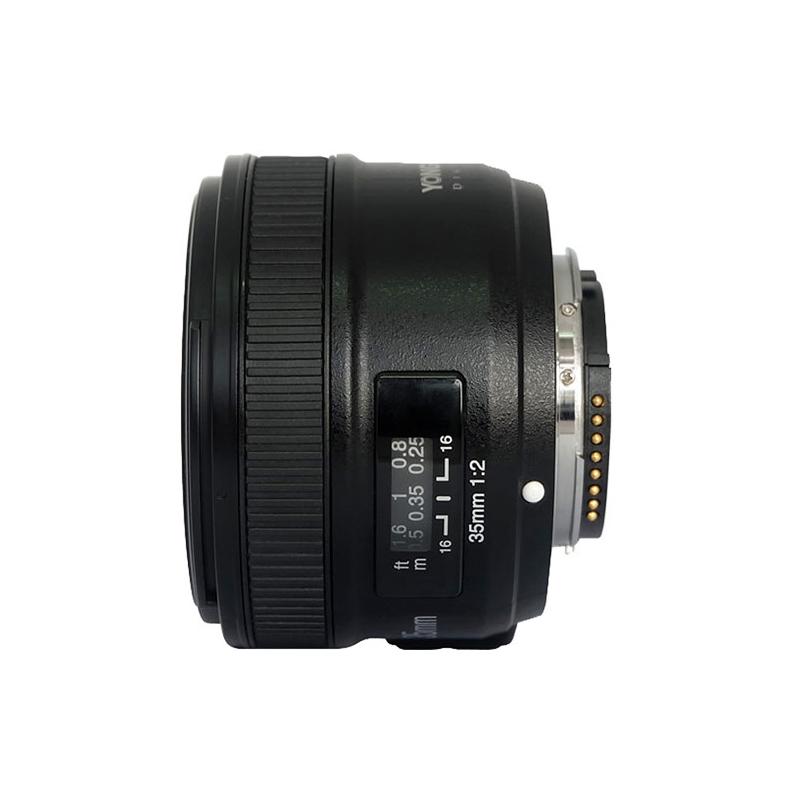
2、 Features: Basic functionality, lacking advanced settings and shooting modes.
Old digital cameras can still be good depending on your needs and expectations. While they may lack some of the advanced features and shooting modes found in newer models, they still offer basic functionality and can capture decent images.
One advantage of older digital cameras is their simplicity. They are often easier to use and navigate compared to more complex modern cameras. This can be beneficial for beginners or those who prefer a straightforward shooting experience. Additionally, older cameras tend to have longer battery life and are generally more durable, making them suitable for outdoor or travel photography.
However, it's important to note that technology has advanced significantly since the release of older digital cameras. The image quality and resolution of newer models are generally superior, with higher megapixels and better low-light performance. They also offer more advanced settings and shooting modes, such as manual controls, burst mode, and various scene modes, allowing for more creative control and versatility.
If you are looking for professional-level image quality or advanced features, it may be worth investing in a newer camera. However, if you are on a budget or simply need a camera for casual photography, an old digital camera can still serve you well. It's also worth considering that some older models may have a certain charm or aesthetic appeal that can add character to your photographs.
In conclusion, while old digital cameras may lack advanced settings and shooting modes, they can still be good for basic functionality and capturing decent images. However, if you require more advanced features or higher image quality, it may be worth considering a newer model.
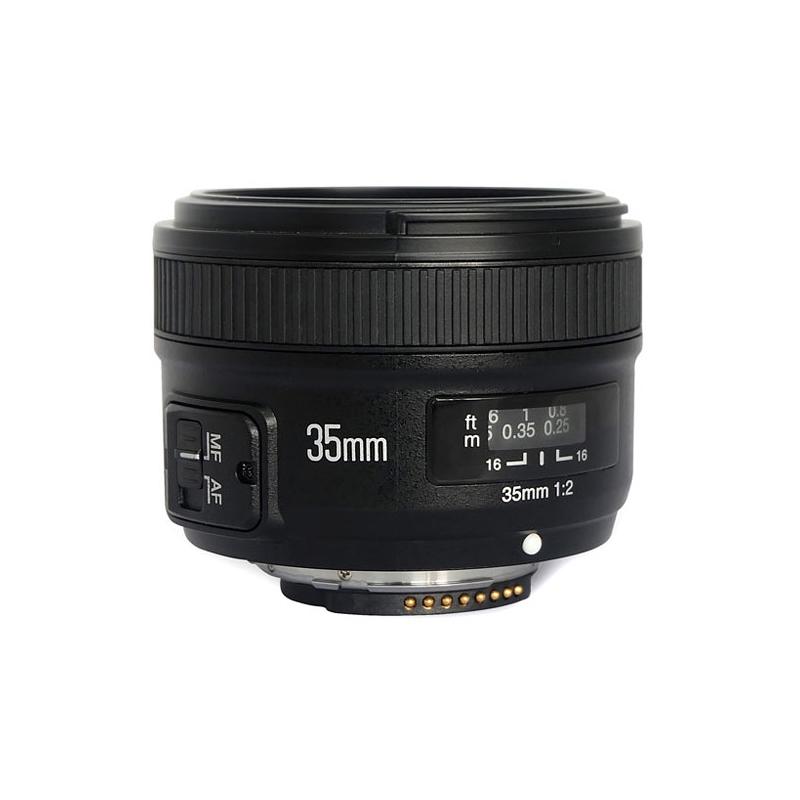
3、 Connectivity: Limited or no wireless connectivity options.
Old digital cameras can still be good depending on your needs and expectations. While they may lack some of the advanced features and capabilities of newer models, they can still produce high-quality images and be reliable tools for photography.
One of the main drawbacks of old digital cameras is their limited or no wireless connectivity options. Unlike modern cameras that offer seamless wireless transfer of photos and remote control capabilities, older models often require a physical connection to transfer files or lack wireless connectivity altogether. This can be inconvenient if you rely on instant sharing or remote control functionality.
However, it's important to consider the context in which these cameras were released. Many older digital cameras were designed before wireless connectivity became a standard feature. At the time, they were cutting-edge technology and offered significant advantages over film cameras. They still retain their core functionality, allowing you to capture and store images digitally.
Moreover, if you primarily use your camera for personal photography or as a hobbyist, the limited connectivity options may not be a significant drawback. You can still transfer your photos to a computer using a USB cable or remove the memory card and insert it into a card reader. These methods may require a bit more effort, but they are still effective.
Additionally, older digital cameras can be a cost-effective option for beginners or those on a budget. They can often be found at lower prices compared to the latest models, allowing you to enter the world of digital photography without breaking the bank.
In conclusion, while old digital cameras may have limited or no wireless connectivity options, they can still be good depending on your needs and expectations. If you are willing to work around the connectivity limitations and prioritize image quality and affordability, an old digital camera can still serve you well.
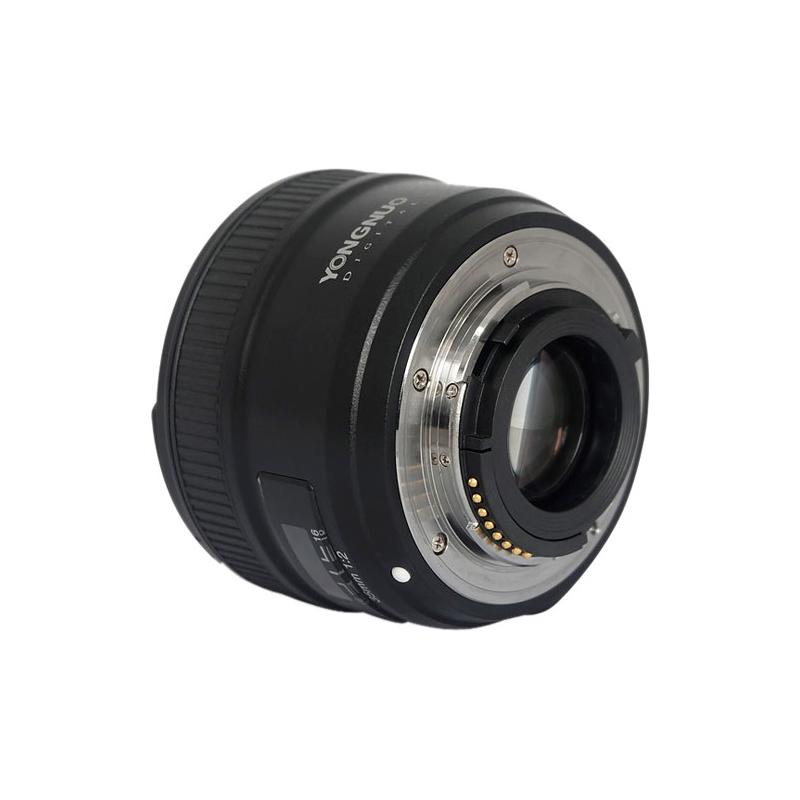
4、 Speed: Slower autofocus and processing times compared to newer models.
Old digital cameras can still be good depending on the specific needs and expectations of the user. However, it is important to note that they may not perform as well as newer models in certain aspects. One of the main drawbacks of old digital cameras is their slower autofocus and processing times compared to their modern counterparts.
The autofocus system in older cameras tends to be slower and less accurate, which can result in missed shots or blurry images, especially in fast-paced situations. Additionally, the processing times for tasks such as saving images or adjusting settings may be noticeably longer, leading to a slower overall shooting experience.
However, it is worth mentioning that advancements in technology have significantly improved autofocus and processing speeds in newer camera models. The latest cameras now feature advanced autofocus systems that can track subjects with precision and speed, making them ideal for capturing fast-moving subjects or shooting in challenging conditions.
Furthermore, newer cameras often come with improved image sensors, higher resolution capabilities, and enhanced low-light performance, allowing for better image quality in various lighting conditions. They also offer a wider range of features and shooting modes, giving photographers more creative control over their images.
Ultimately, the decision to use an old digital camera depends on the user's specific needs and budget. While older models may not match the performance of newer cameras, they can still produce decent results for casual photography or as a backup option. However, for professional or demanding photography needs, investing in a newer camera with faster autofocus and processing times would be a more suitable choice.
